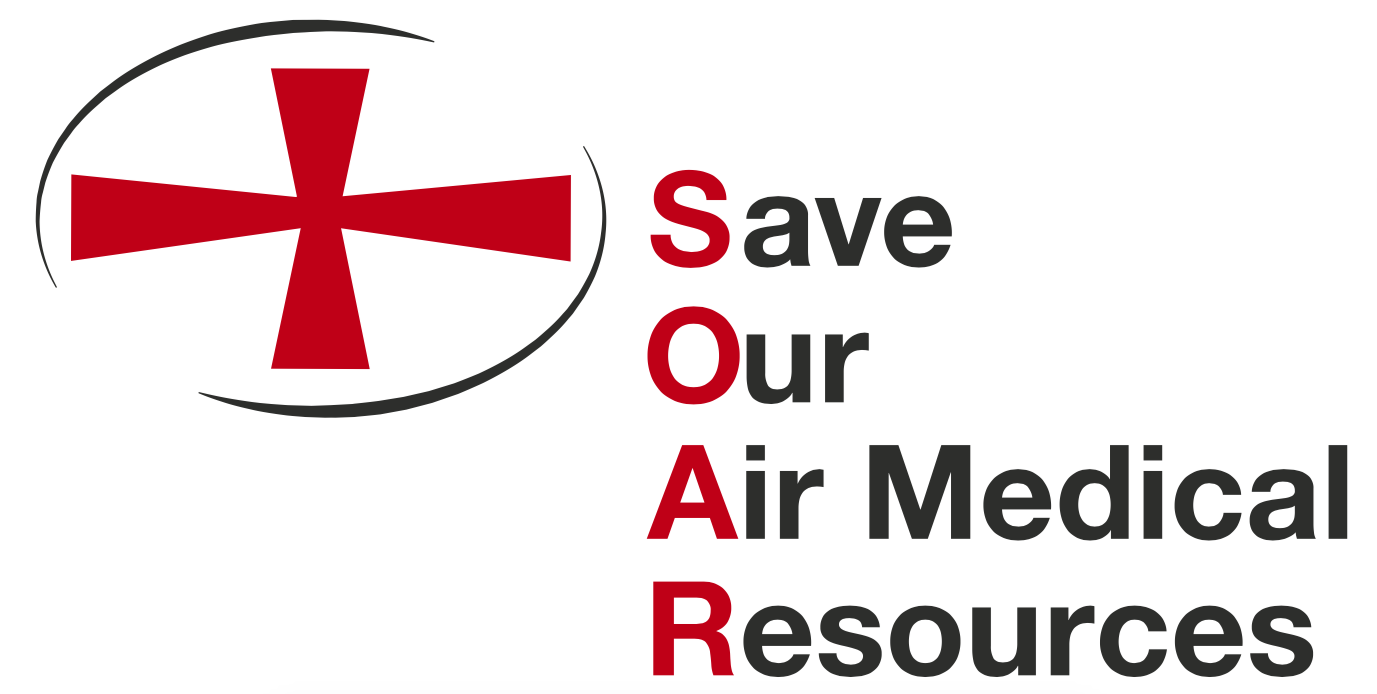Christina Kanmaz, Spokesperson, Save Our Air Medical Resources (SOAR) Campaign
Tens of thousands of deaths, hundreds of thousands hospitalized, and almost complete economic disruption has led Congress to consider a series of relief packages aimed at helping the most vulnerable among us get through the COVID-19 crisis. While Americans will be feeling the pressure from the pandemic for months and even years to come, insurance companies are predicting they will face little to no financial impact from the pandemic. At the same time, access to emergency health care, especially for Americans living in rural areas, is shrinking and at risk.
As the virus migrates from densely populated urban areas to more rural parts of the country, access to emergency care becomes more difficult due to rural hospital closures. First responders like air medical providers fill the gap, so that individuals can access a higher level of care quickly, as rural hospitals or clinics often do not have the resources, equipment or expertise to care for these patients.
While air medical is a key component of the health care delivery system, providers are also at risk of having to close bases. With the mandated stay at home requirements and individuals seeking urgent care all together, many providers have experienced a significant drop in revenue due to lower volumes. Regardless of the volume of requested flights, air medical bases must be ready 24 hours a day, 365 days a year to respond to a call.
In addition, seventy percent of all air transports are covered by Medicare and Medicaid and reimbursement by these government programs is almost half the cost of delivering care. For those with private insurance, some companies refuse to go in network with air medical providers or deny payment for air transport due to “medical necessity” despite the fact that 100 percent of all flights are ordered by a first responder or medical professional.
And yet, recent reports show that private insurers stand to fair well in 2020. In their first quarter earnings reports, the country’s largest insurers revealed that COVID-19 had had no or little impact on their profits, despite the loss for many Americans of employer-sponsored health care coverage. Insurers account for this trend by pointing to reduced utilization by patients who are not seeking care during stay-home directives. Less utilization means more profits for insurers.
The National Consumers League, concerned with insurance company denials of air ambulance transports, wrote to the CEOs of the top three insurance companies calling on them to cover these life-saving services. They wrote:
“We believe that emergency air medical transportation should be included in every health coverage plan. We think that insurance companies and air medical providers must work together to bring these services in-network, so patients are not left footing a bill they can never hope to pay. Adequate network agreements are imperative so that patients are not told – after the fact – that they were transported by an air ambulance that was not in-network. When an emergency happens, or worse yet, a pandemic strikes, patients are not choosing whether to take an air ambulance, let alone choosing a particular provider.”
Rural communities depend on air medical services and it is imperative that they continue to be available in a post-COVID world. Hospitals are central to the pandemic response, but they are just one piece of the health care delivery system. Transporting patients by air in rural areas, where access is a challenge even under normal circumstances, is also critical. It is estimated that air medical has flown at least 2,000 COVID positive patients since the pandemic began but the true number is likely much higher.
As the country continues to navigate COVID-19, Congress cannot ignore the emergency air medical providers on the frontlines. What’s more, the insurance industry – especially as its profits soar – should be incentivized more than ever to go in-network with these air medical providers. Americans’ lives depend on it.

